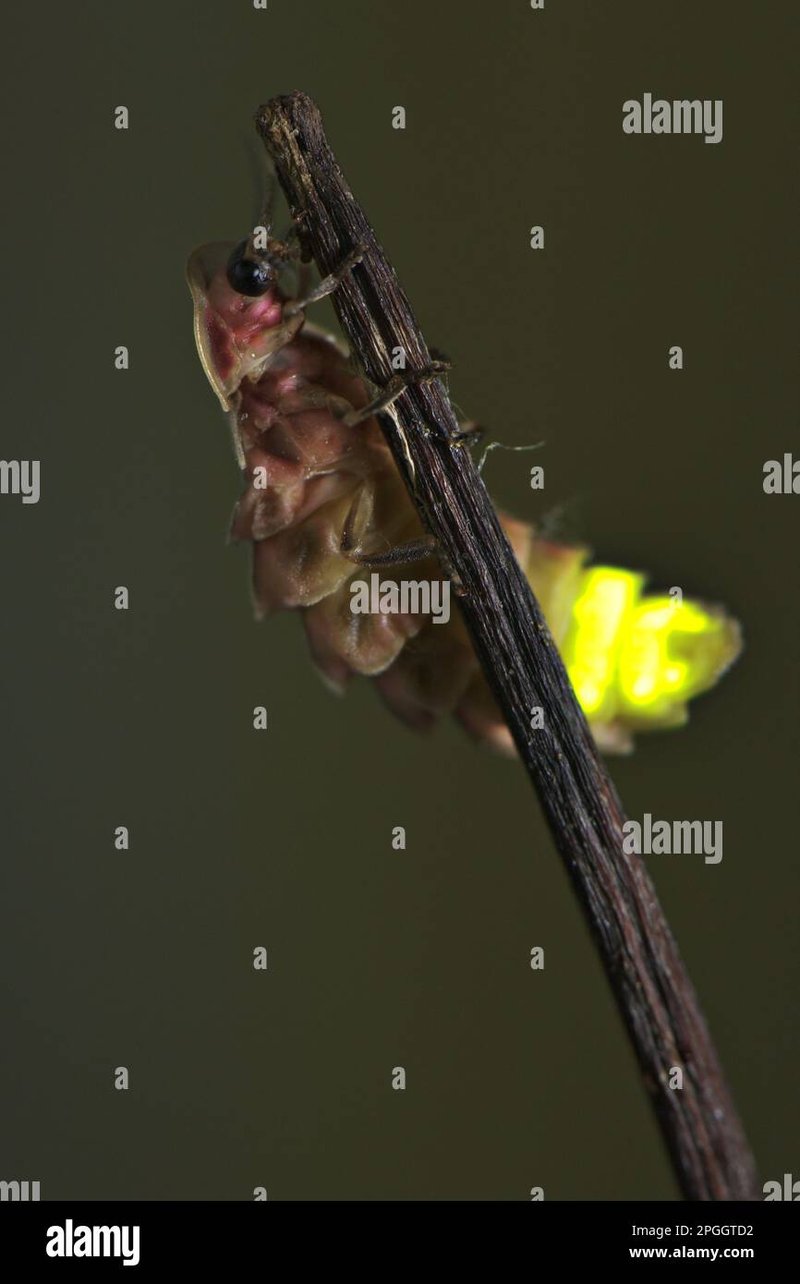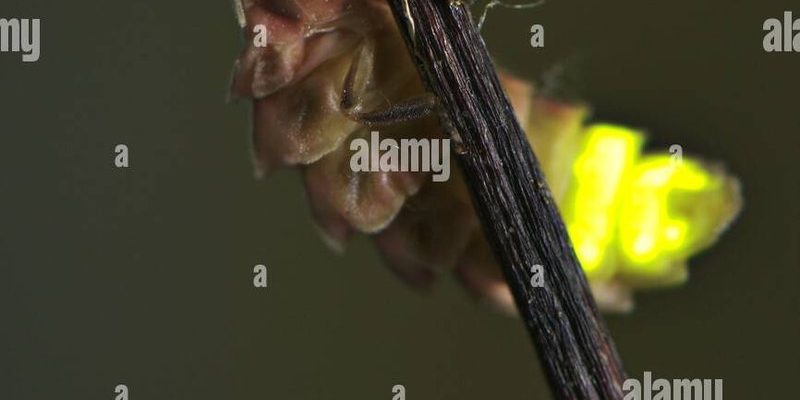
Glow worms are actually the larvae of certain beetles, primarily the *Lampyridae* family, and they use their bioluminescence for more than just looking pretty. Their mating rituals provide a perfect blend of beauty and biology. So, if you’ve ever been curious about how these enchanting creatures find each other in the dark, you’re in for a treat!
What Are Glow Worms?
Before diving into their mating behavior, let’s clarify what glow worms are. Glow worms are not worms at all, but rather the larvae of specific types of beetles, particularly those in the firefly family. Most people recognize them for their mesmerizing green or blue glow seen in dark environments. This glow is a result of a chemical reaction within their bodies, where luciferin (a light-emitting molecule) interacts with oxygen in the presence of an enzyme called luciferase.
These glow worms mainly inhabit damp, dark locations, such as caves, forests, and even some backyards. They use their light as a lure, attracting unsuspecting insects that they can then trap and consume. This way, glow worms aren’t just pretty to look at; they’re also quite resourceful!
The Dance of Attraction
Now, let’s talk about how glow worms attract their mates. The glow is not just for catching dinner; it’s also a vital part of their courtship. You might say it’s like a disco light show. Female glow worms emit a steady light from their silk threads, while males will fly around, flashing their lights sporadically.
The intensity, speed, and pattern of their flashes play a crucial role in attracting a partner. Females are generally drawn to the brightest and most rhythmic flashes. If a male catches her eye, he’ll respond by matching her light pattern, creating a sort of conversation in the darkness. This communication is essential—if a female doesn’t like a male’s display, she won’t respond, and he will have to move on.
Timing is Everything
Mating season for glow worms varies by location, but it generally occurs in warm months when they are most active. The glow worm life cycle includes a larval stage, a pupal stage, and finally adulthood. Here’s the kicker: the adults often don’t have functioning mouthparts and rely on energy stored during their larval stage.
During this time, both male and female glow worms are keenly focused on finding a mate. Heat, moisture, and even the phases of the moon can influence their mating behaviors. The warm, humid nights create the perfect environment for their glowing displays, and many species synchronize their flashing to be in sync with one another—a bit like a heartbeat of the forest.
The Role of Female Choice
In the world of glow worms, the females hold most of the power when it comes to mating. After all, they’re the ones setting the stage with their glow. Females often have a keen eye for quality over quantity. They tend to choose mates based on the male’s flashing patterns and brightness.
Often, females will remain on their silk threads, waiting patiently for the right male to come along. If she spots a male displaying an impressive light show, she may respond by intensifying her glow, signaling her interest. It’s a selective process, ensuring that only the fittest and brightest males pass on their genes. This type of female choice is common in the animal kingdom, but glow worms take it to a whole new level!
Life After Mating
After a successful mating session, female glow worms will lay their eggs in safe, moist environments. Depending on the species, they can lay anywhere from a handful to hundreds of eggs. Once the eggs hatch, the tiny larvae will begin their journey of growing up in the dark, using their glow to attract food and eventually, mates of their own.
Interestingly, the focus doesn’t end at mating. Many glow worms exhibit interesting behaviors post-mating. For instance, some species may reabsorb their eggs if environmental conditions aren’t suitable. This ensures that they don’t waste energy on offspring that won’t survive—a smart survival tactic in the animal kingdom.
Where to Observe Glow Worms
If you’re eager to witness this magical mating behavior firsthand, there are several places around the world where you can observe glow worms. New Zealand and Australia are famous for their stunning glow worm caves, like the Waitomo Caves in New Zealand. In these locations, you can see not just the beautiful glow but also the fascinating mating dances of these enchanting creatures.
When visiting these areas, it’s good to respect their habitat. Avoid using bright white lights that could disturb their natural behaviors, and remember to keep a safe distance. It’s like being a guest at a beautiful, shimmering light show in the heart of nature.
Conservation and Glow Worms
As enchanting as they are, glow worms face threats from habitat loss, pollution, and climate change. Conserving their natural habitats is crucial for their survival and, ultimately, the continuation of their remarkable mating rituals.
Local conservation efforts in many regions focus on preserving the ecosystems glow worms thrive in. This not only benefits the glow worms but also helps maintain the rich biodiversity that supports various species in these habitats.
In summary, glow worms are more than just a pretty light show; they engage in complex mating behaviors that reflect the beauty and intricacies of nature. So, next time you see those twinkling lights in the dark, remember the dance of attraction happening right before your eyes. It’s truly a moment of magic!

